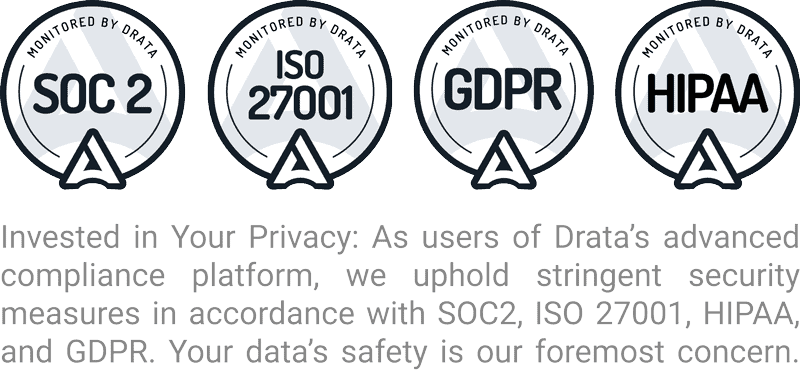B2B Marketing Analytics: Metrics to Focus On (Part 1)
 B2B marketing analtyics and metrics to focus on, Part 1. Effective B2B lead management demands consistent analysis. There is no shortage of b2b marketing analytics reporting programs available, thereby there is no excuse to avoid reviewing your lead generation practices. A monthly or quarterly review can provide you with vital information which helps to determine marketing ROI. The first place to start is your website – the hub of your online marketing practices. There are seven key areas related to website traffic that should be included in your analysis.
B2B marketing analtyics and metrics to focus on, Part 1. Effective B2B lead management demands consistent analysis. There is no shortage of b2b marketing analytics reporting programs available, thereby there is no excuse to avoid reviewing your lead generation practices. A monthly or quarterly review can provide you with vital information which helps to determine marketing ROI. The first place to start is your website – the hub of your online marketing practices. There are seven key areas related to website traffic that should be included in your analysis.
Unique visitors
Analyze new exposures to your website. Unique views can shed light on the effectiveness of new marketing campaigns as well as your site’s position within organic search rankings. Cookies provide a mechanism which allows you to identify new and returning visitors. And a tracking application like our desktop client Streamer™ captures and displays unique IP addresses so you can view who is on your site and how long they are visiting.
Returning visitors
Users who return to your site may indicate greater interest in your solutions. It is important to analyze what pages a returning visitor is viewing and the duration of the return visit. This should tell you a bit about the purpose for the follow up visit. New page view metrics by returning visitors provide a good opportunity for a qualifying sales engagement.
Popular pages
Which pages are being viewed most often? If your product pages are getting the most hits, chances are there is interest from genuine prospects. Compare each page within your site’s architecture to determine if your visitors are onsite to learn about the company or to investigate your solutions.
Traffic source
Knowing how your visitors are finding you reveals specific strengths and weaknesses of your campaigns. Is your content marketing strategy effective in driving site traffic or is your search engine marketing strategy the key to bringing visitors? The source of your site traffic is an important identifier for two reasons: 1) it reveals what led a prospect to your site and 2) it helps determine the ROI of paid campaigns.
Referring websites
Google Analytics and other traffic analyzers reveal what sites your prospects are visiting prior to finding you. Not only does this reveal the research patterns of your prospects but what sites may make valuable marketing partners. Keep in mind that the more popular a referring site is, the higher ranking your site will receive.
Bounce rates
How long are your pages being viewed? Which pages are getting bounced more often or faster than others? The length of time a visitor remains on a page tells you a lot about the value of that page. If the bounce rate for a specific page is high analyze the page to determine if the content on the page is providing value to your visitors.
CTA performance
Analyze your landing page response rates. Are marketing assets driving traffic to your landing pages? Just as important: are your landing pages generating an adequate response rate from calls-to-action? Marketing experts indicate a 1-3% conversion rate is average response rate, a 3-5% rate is decent, and over 5% means you’re doing something right.
Our the next post in this series we will discuss the metrics you should analyze from your blogs and SEO practices.


